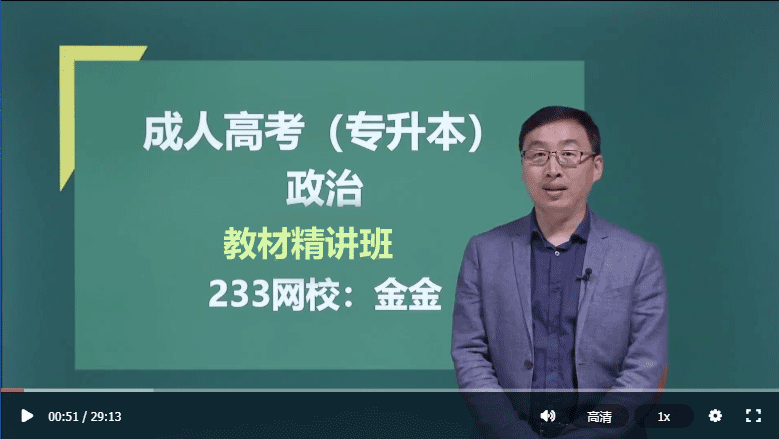цшщЋшЕЗчЙшБшЏшЏцГхНчКГфИчЛфЙ яМфКхяМ
чЄКчхЈфНтхПшЎАтфЙхяМ
5. stopяМ go onхleave offфЙхшЗцЅхЈшЏфИхЎхМх-INGхшЏцшЁЈшООчцфЙццфИх
They stopped яМtalkingяМ to work. яМЛхфИяМх ЖфЛхЈфНяМцЅхЗЅфНяМН
They stopped working. яМЛхфИхЗЅфНяМцЅхЙВх ЖфЛхЈфНяМяМН
Workers went on discussing the problem. яМЛхЗЅфККчЛЇчЛшЎЈшЎКшПфИщЎщЂяМН
Workers went on to discuss the problem.яМЛхЗЅфККфЛЌхфИцЅх ЖфЛфКяМчЛЇчЛшЎЈшЎКшПфИщЎщЂяМН
He left off writing.яМЛфЛхфИхфНяМхЛхЙВх ЖфЛфКяМяМН
He left off to write.яМЛфЛхфИяМх ЖфЛфКяМцЅхфНяМН
6. тІ used toхшЗфИхЎхМх-INGхшЏяМхшЗфИхЎхМцфИЄчЇц хЕяМфИчЇцЏused toцЏхКхЎчЈцГшЁЈчЄКтшПхЛчЛхИИхЙВтІтІтяМхІхЄфИчЇц хЕцЏuseчшЂЋхЈшЏцтbe usedтхшЗфИхЎхМяМхшЗ-INGхшЏчц хЕцфИчЇяМщЃхАБцЏхНused toфИчusedцЏхНЂхЎЙшЏцЖяМtoхшЗхшЏц-INGхшЏ
7яМ When he was in the plastic plantяМ he together with the workers.
яМЛAяМН has worked яМЛBяМН had worked яМЛCяМН had been worked яМЛDяМН used to work
8яМ You will soon this climate and then the changes in temperature will not affect you.
яМЛAяМН get used toяМЛBяМН get toяМЛCяМН get overяМЛDяМН get on with
9яМ Mr. Anderson used to jogging яМЛAяМН in the crisp morning яМЛBяМН air during яМЛCяМН the winter months яМЛDяМН яМ but now he has stopped.
7. фИшЌц хЕфИяМforхшОЙшЗцЅthere to beяМшofхшОЙхшЗцЅthere being
10яМ It is fairly common in Africa for there an ensemble of expert musicians surrounded by others who join in by clappingяМ singingяМ or somehow adding to the totality of musical sound.
яМЛAяМН to be яМЛBяМН being яМЛCяМН to have been яМЛDяМН having been
8. beяМхНЂхЎЙшЏхщЂшІшЗхЈшЏфИхЎхМфНчЖшЏяМшфИчЈ-ING
It is very difficult to manage the company.
фКу-INGхшЏфИ-EDхшЏчхКхЋ
шНчЖхЈшЏцГхшНфИяМ-EDхшЏхЈхЅхфИцшНцПц чцххКцЌфИ-INGхшЏчИхяМфНхЈцфЙфИфИЄш цхЗЎхЋяМ-INGхшЏшЁЈчЄКфИЛхЈчцфЙяМш-EDхшЏхшЁЈчЄКшЂЋхЈчцфЙяМ-INGхшЏшЁЈчЄКфИшЌцЇчццЃхЈшПшЁчхЈфНяМш-EDхшЏхшЁЈчЄКхЗВчЛхЎцхшЂЋхЈчхЈфНухЈшЁЈчАхНЂхМфИяМ-INGхшЏцтфИшЌхМтхтхЎцхМтфИтфИЛхЈхМтхтшЂЋхЈхМтфЙхяМш-EDхшЏхЊцфИчЇхНЂхМуфИшОЙцфЛЌхц-INGхшЏфИ-EDхшЏхЈшЏцГхчЈфИчхКхЋу
1. фНшЁЈшЏцЖяМ-INGхшЏшЁЈчЄКфИЛшЏцх ЗцччЙхОш-EDхшЏшЁЈчЄКфИЛшЏцхЄччЖц
The book is quite interesting.I am insteredted in the book very much.
The play is more exciting than any I have
ever seen.That piece of land lay deserted.
чИх ГцЈш
- 2017хЙДцфККщЋшщЋшЕЗчЙшБшЏшшЏшО хЏМ:фЛшЏчшЏ04-10
- 2017хЙДцфККщЋшщЋшЕЗчЙшБшЏшшЏххЙДчщЂфНцчВОщцБцЛ04-04
- 2017хЙДцфККщЋшщЋшЕЗчЙшБшЏшшЏххЙДчщЂфНцчВОщхфИ04-03
- 2017хЙДцфККщЋшщЋшЕЗчЙшБшЏшшЏххЙДчщЂфНцчВОщхфК04-02
- 2017хЙДцфККщЋшщЋшЕЗчЙшБшЏшшЏххЙДчщЂфНцчВОщхфИ04-01
| ПЮГЬзЈвЕУћГЦ | НВЪІ | дМл/гХЛнМл | УтЗбЬхбщ | БЈУћ |
|---|---|---|---|---|
| гяЮФ(ИпЦ№Еу)ОЋНВАр | ЕЫО§УФ | ЃЄ150 / ЃЄ150 |  |
БЈУћ |
| гЂгя(ИпЦ№Еу)ОЋНВАр | Monica | ЃЄ150 / ЃЄ150 |  |
БЈУћ |
| Ъ§бЇ(ЮФ)ОЋНВАр | ЭѕЗМ | ЃЄ150 / ЃЄ150 |  |
БЈУћ |
| Ъ§бЇ(Рэ)ОЋНВАр | ТогзжЅ | ЃЄ150 / ЃЄ150 |  |
БЈУћ |
| ДѓбЇгяЮФ(зЈЩ§БО)ОЋНВАр | ХЗбєАиСи | ЃЄ150 / ЃЄ150 |  |
БЈУћ |
| гЂгя(зЈЩ§БО)ОЋНВАр | Monica | ЃЄ150 / ЃЄ150 |  |
БЈУћ |
| ИпЕШЪ§бЇ(вЛ)(зЈЩ§БО)ОЋНВАр | ЭѕЬЮ | ЃЄ150 / ЃЄ150 |  |
БЈУћ |
| ИпЕШЪ§бЇ(Жў)(зЈЩ§БО)ОЋНВАр | ТогзжЅ | ЃЄ150 / ЃЄ150 |  |
БЈУћ |
ИЈЕМПЮГЬ
- ИпЦ№Еу-Ъ§бЇ(ЮФЪЗВЦОРр)

- ЭѕЗМРЯЪІ
 УтЗбЪдЬ§
УтЗбЪдЬ§
- ИпЦ№Еу-гЂгя

- MonicaРЯЪІ
 УтЗбЪдЬ§
УтЗбЪдЬ§
- зЈЩ§БО-ДѓбЇгяЮФ

- ХЗбєАиСиРЯЪІ
 УтЗбЪдЬ§
УтЗбЪдЬ§
АрМЖНщЩм
ЬзВЭАќКЌЃКзЈЩ§БОVIPАр/ИпЦ№ЕуVIPАрЃЈКЌОЋНВ+ецЬтНтЮі+ФЃПМЕуЬт)
ЬзВЭгХЪЦЃК1ЁЂЫјЖЈКЫаФПМЕу
2ЁЂПМЧАЗЂЗХ2ЬзЪдЬт
3ЁЂУтЗбжибЇвЛДЮБЃеЯ
ХфЬзЗўЮёЃК1ЁЂУтЗбЬтПт
2ЁЂПЮГЬНВвх+ПЮМўЯТди+вЦЖЏПЮЬУ







 УтЗбЪдЬ§
УтЗбЪдЬ§ 




